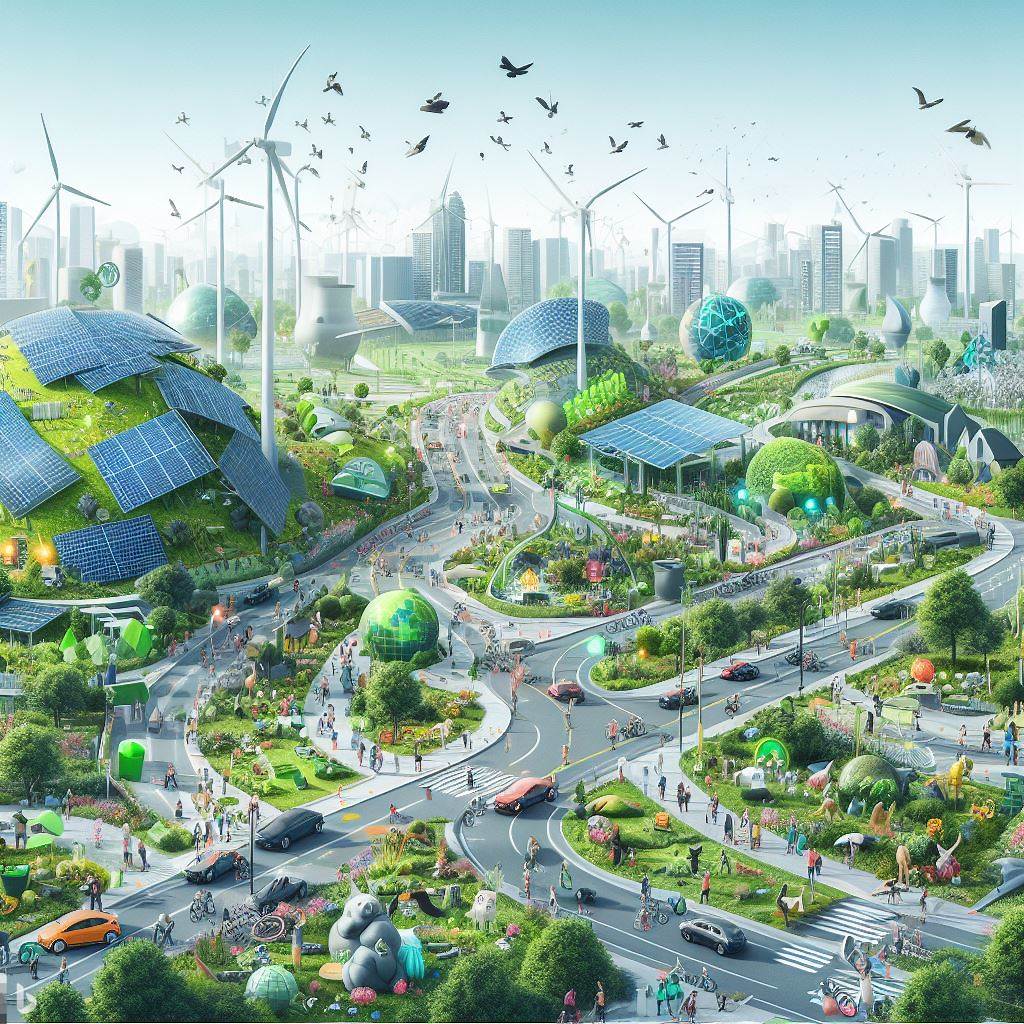Italy
The Green economy in Italy has a bumpy ride. Too poor for Green?

The Green Economy in Italy is going through a period of crisis, with challenges, delays, and few positive signs. Decarbonization is not aligning with new European targets, and greenhouse gas emissions are increasing from 2019 to 2022, while renewable energy production has decreased, and the trend does not reflect European targets. Although waste recycling is good, the rate of material utilization from waste is decreasing. This situation is accompanied by widespread ‘eco-scepticism’ in Italy, fueled by a view of the costs of the ecological transition and a reductive perception of its benefits. This picture emerged from the Report on the State of the Green Economy presented during the General States of the Green Economy 2023.
Emissions: Preliminary estimates by Ispra indicate that greenhouse gas emissions in Italy in 2022 are almost unchanged compared to 2021 (+0.1%). This trend, in view of decarbonization, is deemed insufficient. Emissions are stable due to growth in the transport and energy production sectors, while there has been a significant contraction in heating and industry. Although Italy has reduced emissions by 20% from 1990 to 2022, this is below the European average. But let us ask ourselves: will the European demands be realistic?
Renewables: In 2022, the share of renewable energy in Italy remained stable at 19%, far from the European target of 42.5% by 2030. Renewables covered only 35% of national electricity production, mainly due to the collapse of hydroelectric generation caused by the drought. Photovoltaics was the only growing source (+12%), while wind, geothermal, and bioenergy recorded a slight contraction. Overall, generation from renewables in 2022 decreased by 13% compared to 2021. However, in the first half of 2023, generation from renewables grew by 4%, covering 35% of national electricity demand. Perhaps it would be necessary to focus on other sources, such as biogas. And then, why not safe and recent nuclear power, perhaps on SMR.
Energy saving: In 2022, final energy consumption in the Italy decreased by 3.5% compared to the previous year. Buildings saw an 8% reduction in consumption, while industry reduced it by 7%. Soaring prices and the need to reduce gas imports from Russia led to a significant increase in domestic coal consumption (+30%). The problem is that this has happened with a drop in industrial production itself. We save, but we also do not produce.
Circular economy: In terms of the circular economy, Italy generated 3.3 euros of GDP for every kilogram of resources consumed, exceeding the European average of 2.1. The recycling rate of municipal waste in 2021 was 48.1%, with a material utilization rate from recycling of 18.4%. Although there is a decrease in the recycling rate compared to 2020, Italy ranks well compared to other European countries.
Mobility: In 2022, car registrations in Italydecreased by 10%. LPG and hybrid cars recorded increases, while methane, diesel, and electric cars suffered declines. The average emissions of new registrations decreased to 118.8 gCO2/km in 2022. However, the penetration of electric cars in the Italian market is low, partly because of limited incentives, partly because Italy consumers are poorer and cannot afford expensive electric Teslas or VWs, and partly because they do not trust them.
In conclusion, the Italian Green Economy presents significant challenges, but also opportunities for improvement in key areas such as renewables, energy efficiency, and the circular economy. It would take a new and innovative outlook, as well as strong incentives, to relaunch it, but the MEF and the Commission hate debt, and citizens are too poor.






